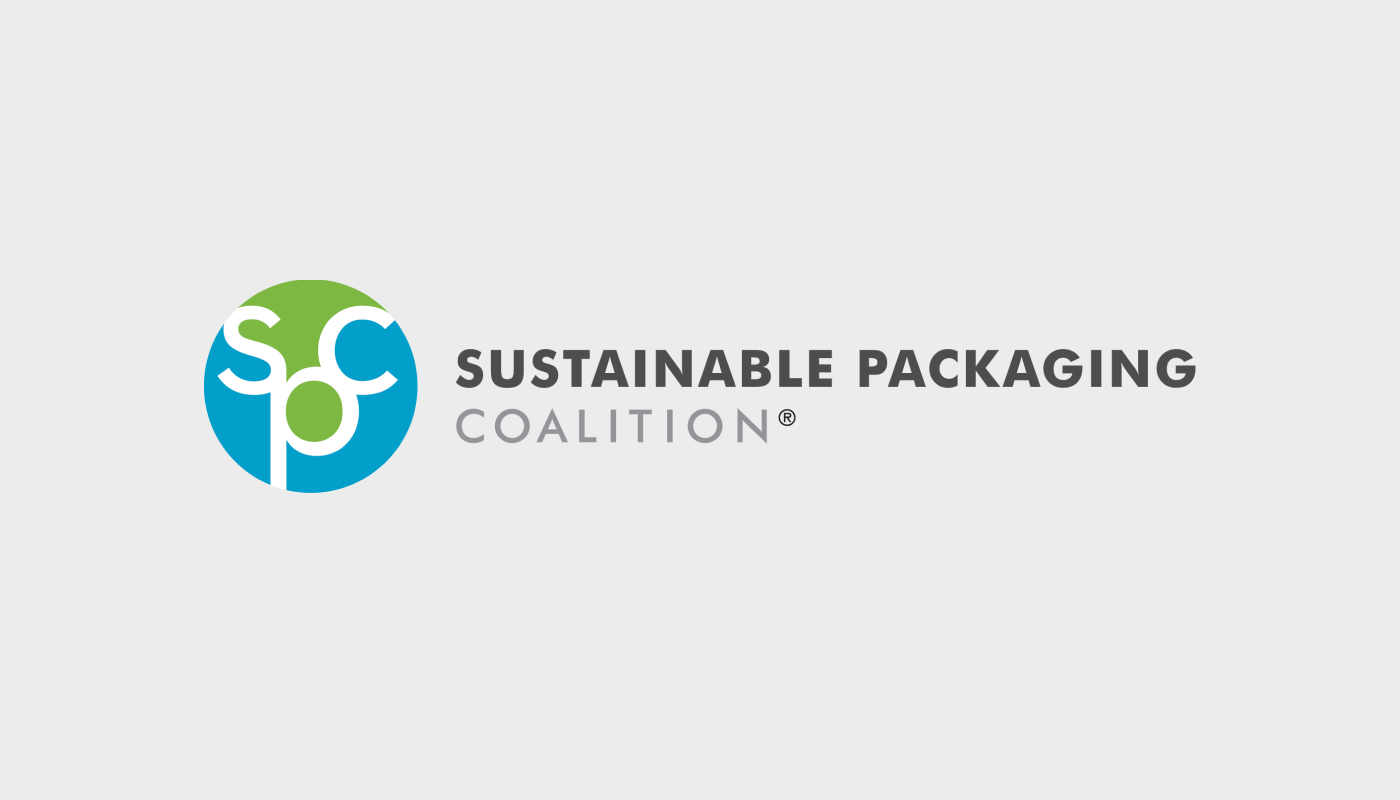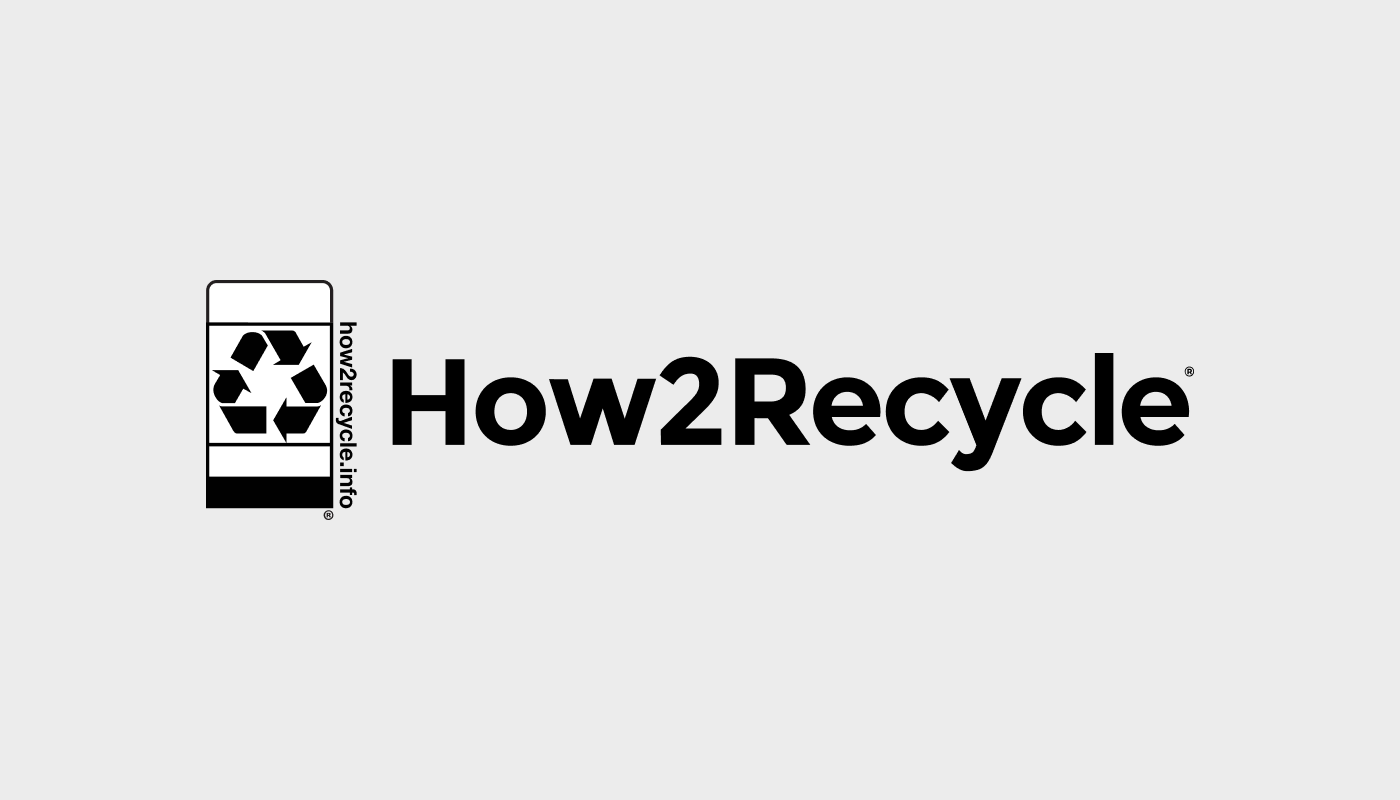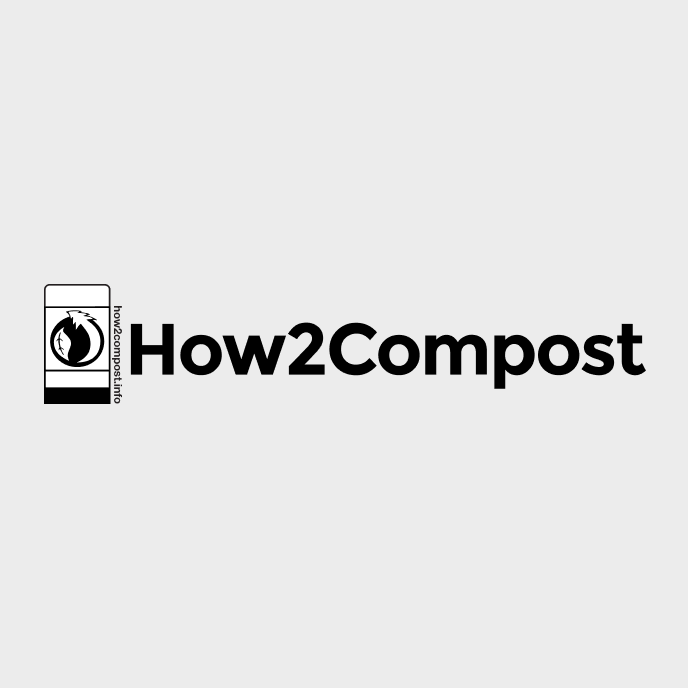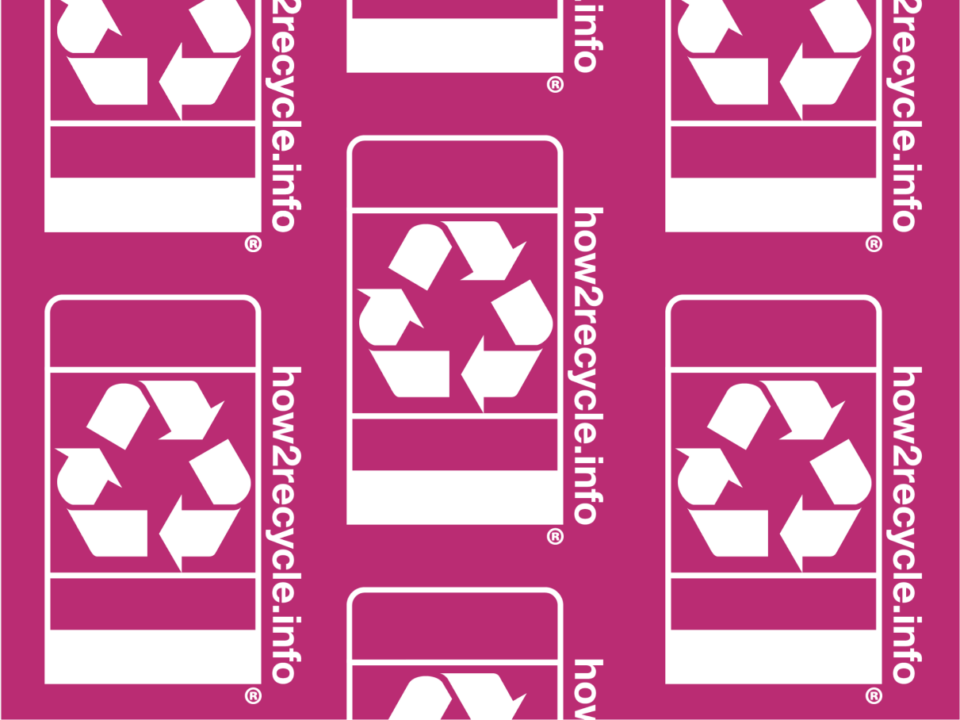How Will Policy Change Labeling? Updates on Refreshing the How2Recycle Label
Back in 2008, members of our sister project at the Sustainable Packaging Coalition (SPC) got together to solve a problem: How do we create a packaging label that consistently, clearly, and effectively communicates disposal instructions to consumers?
Today, How2Recycle has flourished into its own labeling program with more than 525 brand and retailer members and more than 200 manufacturing members. Of course, a big part of the power of the label is its widespread adoption in the U.S. and Canada. More members means more on-pack labels—and, critically, more recognizable instructions for consumers. From packaging on Yoplait containers to REI products, every glance at a How2Recycle label can help reinforce the signal that: Hey, you’re looking at disposal instructions.
And while the How2Recycle label has provided labels for hundreds of thousands of packages thus far, right now we’re at the middle of a crossroads. The recyclability landscape is changing. States are adopting EPR legislation across the country. And California’s SB 343 is redefining the laws around labeling.
To meet the moment, the How2Recycle team is going back to our roots. We’re working with our partners at SPC’s Packaging Design Collaborative to solve a new problem:
Can we refresh the How2Recycle label to not just meet new legislative requirements, but to also increase consumer understanding and advance innovation?
The Shifting Label Landscape: How Will Policy Change Labeling?
Historically, the How2Recycle team has used national data to assess recyclability. Whenever we complete a recyclability assessment, we’ve weighed the following factors:
- Applicable law
- Access to collection
- Sortation
- Technical reprocessability
- End markets
Our label is one of the most stringent, data-backed labels on the market. We use national-level data to conduct our assessments and consistently update our guidance to ensure we are reflecting the current state of recyclability. We also consult with the U.S. Federal Trade Commission (FTC) to confirm that our labels responsibly communicate to consumers, and are closely following the changes led by Environment and Climate Change Canada (ECCC) to ensure our label continues to comply with guidance at the federal level.
States are raising the bar now and adopting legislation to advance recyclability beyond federal requirements. Several states, California, Colorado, Maine, and Oregon, have adopted EPR legislation, which assigns producers responsibility for products’ end-of-life management.
California has also adopted SB 343, which restricts the use of the “chasing arrows” on packaging. SB 343 requires that products with the chasing arrows meet two key criteria:
- The materials have to be collected by recycling programs encompassing 60% of California’s population
- The materials need to be sorted for recycling processes by a minimum of 60% of California’s recycling programs
So, what does this all mean for brands? It means that we’ll need to understand a material’s recyclability in compliance with California’s state standards before applying the chasing arrows to packaging. We’ll need to make sure that labels comply with SB 343 and other state-specific labeling laws for brands with national footprints.
And it means we’ll need to refresh the How2Recycle label.
“How2Recycle has always been and needs to be a living program,” GreenBlue Executive Director Paul Nowak said. “We’ve adjusted the program before as new policy and data came forward. This is the next natural step and shows that the founders of How2Recycle built a flexible program that can take us into the future.”
So alongside the SPC Packaging Design Collaborative, we’re working to advance a label that is flexible enough to meet state-specific requirements, makes room for labeling innovation, and still accurately, clearly communicates instructions to consumers.
Refreshing the How2Recycle Label
If you’re not familiar with SPC’s Collaboratives, they’re issue-specific, action-oriented working groups covering everything from policy to compostable packaging. The Packaging Design Collaborative, which comprises experts in branding, on-pack ‘real estate,’ consumer education, and design, is the perfect partner for this project.
Headed by SPC Packaging Design Collaborative Program Lead Brandi Parker, who brings more than 20 years of experience from the packaging and design industry, the Collaborative has embarked on two phases of research so far toward a refreshed, better label.
In the first phase, they’ve identified the myriad catalysts for changing the label and developed initial direction and concepts to guide a new label. With experts on consumer packaging design involved, they broke down what catches a person’s eye, what people are likely to read, and, critically, what they’re likely to miss.

We surveyed recycling labels in other regions, like the UK. Photo: London Recycles
In the second phase, the Collaborative took the How2Recycle team’s feedback and consolidated concepts into themes to be researched and tested with consumers. In these and future phases, we’re looking at everything from compliance with California standards to consumer understanding of the slash-through chasing arrows. And we’re not just looking at our own label. We’re also drawing insights from labels across the globe that clearly communicate disposal instructions to consumers.
Next up for the Collaborative is consumer research and testing. From there, we’ll continue iterating towards a refreshed design for the label that meets the moment. Members of How2Recycle can look out updates about this work in our July Guidelines for Use and at our How2Recycle summit, and expect an announcement in the fall about the new label design.
One of the concepts that the SPC Packaging Design Collaborative is exploring is How2Recycle’s first scannable label. We’re leveraging the consumer brand equity in the How2Recycle label and combining it with a dynamic, QR code label. From there, the QR code connects consumers to audited databases that give them more localized information for disposal. Our first pilot project on a dynamic label is currently running in parallel with the SPC Packaging Design Collaborative work and The Recycling Partnership’s Recycle Check program.
Looking Ahead: How Can We Design a Recognizable, Future-Proof Label?
“Throughout this process, we’re asking ourselves: If we refresh the chasing arrows, will consumers recognize that our label is the place to look for disposal instructions?” said Karen Hagerman, How2Recycle Director.
“There’s an information hierarchy in design. Chasing arrows aren’t just arrows. They’re a cue to consumers saying: Look here for disposal instructions.”
So far, our consumer research indicates that 87% of tested consumers found the How2Recycle label helpful. These results speak to the tremendous brand equity in the current How2Recycle label, used by brands from Costco to Estee Lauder.
Beyond that brand equity though, this moment marks an excellent opportunity to create a label that’s not just recognizable, informative, and innovative—but to create a label that’s future-proof. A label that can meet future changing legislative requirements and consumer needs. Together with some of the best and brightest minds in the packaging and design industry, we’ll keep working toward a dynamic solution while never losing sight of our mission: to get more materials in the recycling bin by taking the guesswork out of recycling.
Learn more about How2Recycle, follow us for label design updates, or get involved with the SPC’s Packaging Design Collaborative.
By: MK Moore, Communications, Content & Design Manager, GreenBlue








